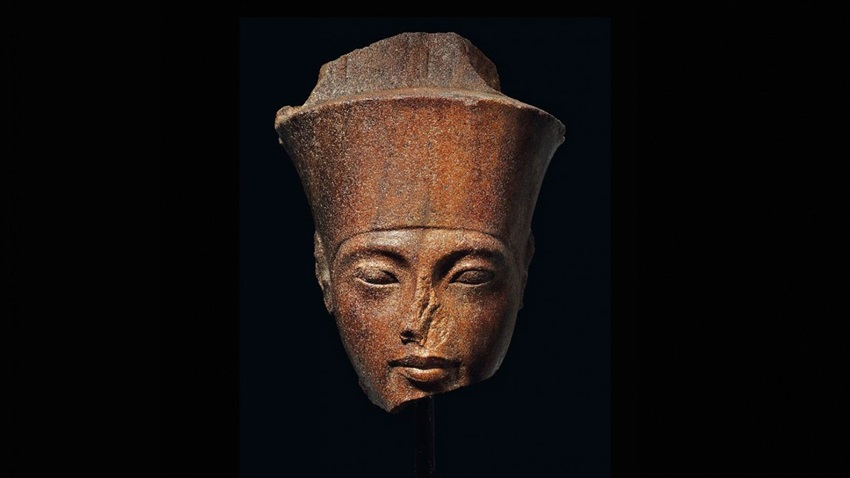Wed 12 June 2019:
The anticipated million-dollar auction in London of an 11-inch statue of Pharaoh Tutankhamun may not go as planned next month, as the Egyptian Foreign Ministry has ordered UK authorities and UN officials put a stop to the sale, claiming the artifact may have been stolen from their country.
In a Tuesday statement, the Egyptian Ministry of Foreign Affairs and Antiquities called on the United Nations Educational, Scientific and Cultural Organization (UNESCO) and the UK in hopes of halting the upcoming July 4 Christie’s auction of a 3,000-year-old brown quartzite statue in which Egypt’s Pharaoh Tutankhamun is reimagined as Amun, the god of the sun and air.
Christie’s, which has yet to take down its listing, estimates the piece will fetch over $5 million in auction. Egypt, however, asserts the King Tut bust should not have made it to the house, as it may have been stolen from from Luxor’s Karnak Temple, a UNESCO World Heritage Site. “The Egyptian Embassy in London also contacted the British Foreign Office and the auction house to halt the sale and reserve the bust, demanding its return to Egypt,” the foreign ministry announced Tuesday. The statue, which is noticeably missing Tutankhamun’s false beard and part of his nose, is thought to be a fragment of a larger statue which depicted the young ruler in a seated position.
The 1983 Egyptian Law on the Protection of Antiquities notes “all antiquities are strictly regulated and considered to be the property of the State” and any trade of said antiquities is prohibited. However, Article 8 of the legislation notes that exceptions are made for “antiquities whose ownership or possession was already established at the time this law came into effect.” Those found in violation of the law are subject to “a prison term with hard labor,” as well as a fine between 5,000 to 50,000 Egyptian pounds ($300 to $3,000 USD).
According to the statue’s lot on Christie’s website, the King Tut bust was part of “the collection of Prinz Wilhelm von Thurn und Taxis (1919-2004) by the 1960s,” and eventually made it to Germany as part of The Resandro collection in 1985 before being set for its July 4 auction date. Despite this claim from the auction house, the foreign ministry demands Christie’s “provide the documents of the artifact’s ownership,” as well as those of additional Egyptian pieces advertised for auction on July 3 and 4.
In September 2018, a similar artifact belonging to Egypt, a cartouche, was discovered in a London auction house and returned to the Egyptian Ministry of Foreign Affairs in January after research proved the item was looted from the Karnak Temple – the same site to which Egypt suspects the King Tut bust belonged.
Think your friends would be interested? Share this story!





